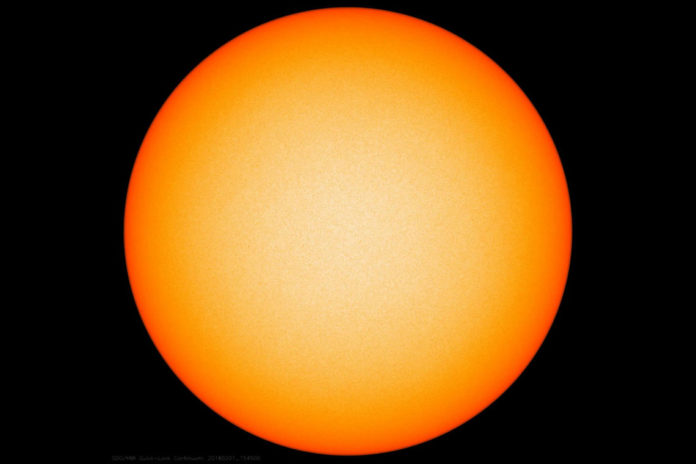The sun is the star at the center of our solar system. Light from this star is the major source of energy for life on earth. Through photosynthesis plants convert solar energy into carbohydrates. Carbohydrates are sugars and starches that we eat for food energy. In the end, carbohydrates becomes the source of food for most life on earth.
Solar energy also drives the earth’s climate and the ocean currents. The sun’s energy is responsible for the movement of moisture and energy in the atmosphere and oceans.
Solar Energy and Human Life
Solar energy is necessary for human life. Plants convert sunlight into plant energy through photosynthesis. Plant eaters then convert the plant energy into animal energy. Humans obtain their energy by consuming both plants and animals.
A great deal of plant energy is stored underground as fossil fuels. Fossil fuels include oil, coal, and natural gas. They are the primary sources of fuel for modern civilization and are the remains of plants from long ago.
The Future of the Sun
Our star is slowly getting brighter. In about 1 billion years, this will cause the earth’s atmosphere to escape into space. Life as we know it will cease to exist.
Then, our yellow sun will slowly become a red giant. In this phase, our star will grow in size. Its radius will increase by about 250 times and swallow up the earth. This will occur in about 5.4 billion years.
Facts About the Sun
Distance: The sun is about 150,000,000 kilometers away from earth. Light from the sun takes about eight minutes to reach the earth. Therefore, we are actually seeing what the sun looked light eight minutes ago.
Physical Traits: Our star has a circumference of 4.4 million kilometers. That is about 110 times more than the earth. It has a mass of 1.9 x 10³º kilograms or about 330,000 times greater than the earth. The sun’s gravitational pull is about 28 times greater than the earth.
Composition: The sun is made up of hydrogen (73%), helium (25%), oxygen (1%), and other gases (1%).
Age: Our star is about 4.6 billion years old.
Reflections
Vocabulary
- fossil fuels
- solar energy
- photosynthesis
Notes
- Solar energy is the source of energy for life on earth.
- Plants capture solar energy through photosynthesis. This energy feeds life on earth and is the source of fossil fuels for modern society.
- As the sun ages, it will become a red giant star and consume the Earth.

